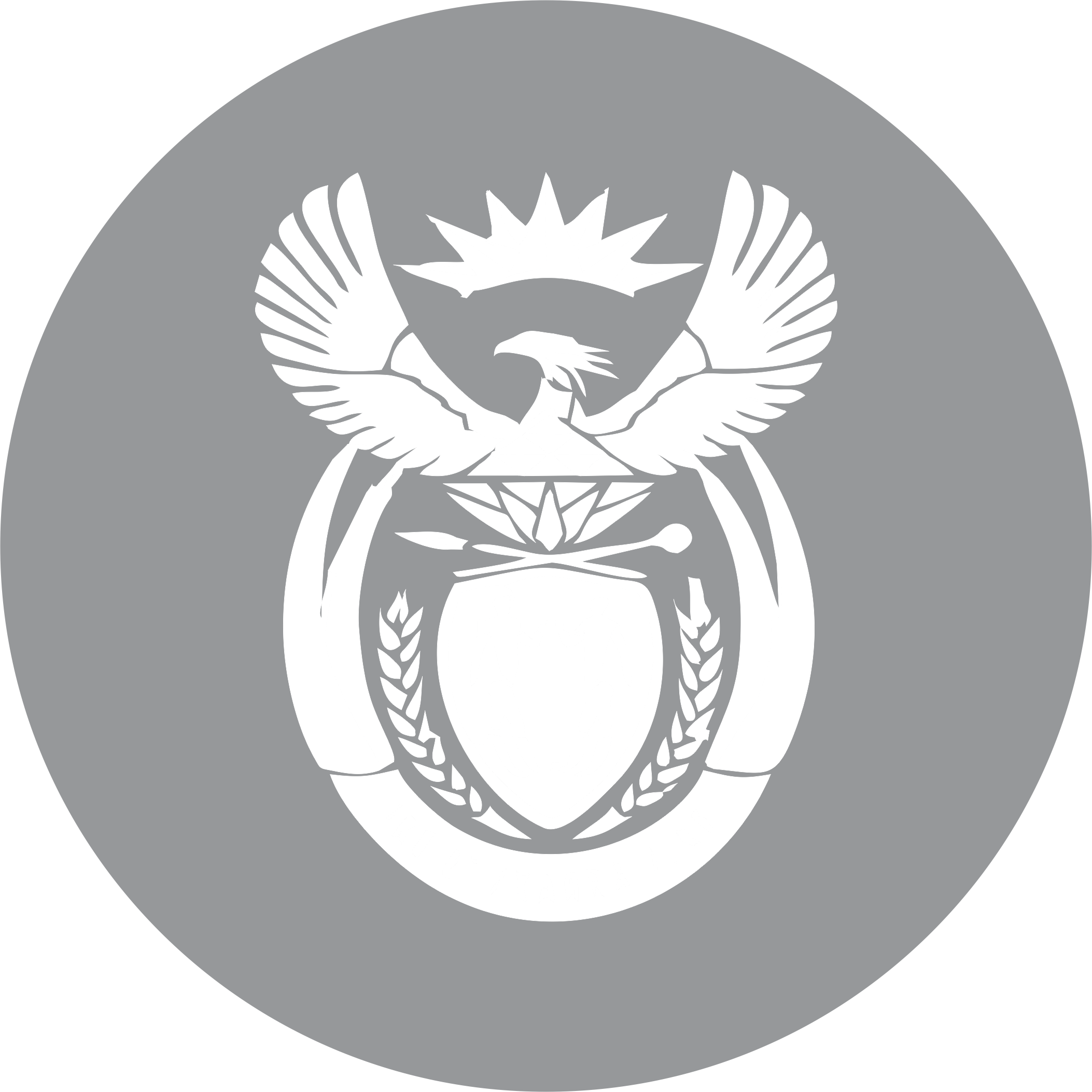
23 Mar BUSINESS DRESS CODE
When most of us started out businesses, we did not have office uniforms and were often working on our own, so dress code was not an issue- we would dress in a way that we wanted our company represented. Over the year’s school uniforms have drastically changed and gone are the days of blazers, ties, polished shoes and hats, to wearing golf shirts and tattoos. I have noticed a lot more job applicants coming for interviews in jeans and shorts- which would have been unheard of just a few years ago.
It is beneficial for a company to define what their image is before there are awkward problems, and communicate this to their staff. I read an article recently on company branding, where it said that I company cannot control this, just guide it. Branding today is made up of what is on social media/ websites, email signatures and correspondence and word of mouth, as much as it is your company logo and image, so it is important to control what you can. Studies have also shown that staff that show pride in their appearance and dress well, behave in a more professional manner and take pride in their work.
Its up to the company to decide what their culture will be and to define it, but here are a few suggestions to consider when drawing up a Business Casual Dress Code. If you would like us to email you a full Business Dress Code example, please email [email protected]
A Business Casual Dress Code
The company’s objective to establishing a business casual dress code, is to allow our employees to work comfortably in the workplace, yet still need to project a professional image.
Clothing that reveals too much cleavage, your back, your chest, your feet, your stomach or your underwear is not appropriate for a place of business, even in a business casual setting.
Even in a business casual work environment, clothing should be pressed and never wrinkled. Torn, dirty, or frayed clothing is unacceptable. All seams must be finished. Any clothing that has words, terms, or pictures that may be offensive to other employees is unacceptable. Clothing that has the company logo is encouraged. Sports team, university, and fashion brand names on clothing are generally acceptable.
Slacks, Pants, and Suit Pants
Inappropriate slacks or pants include jeans, sweatpants, exercise pants, Bermuda shorts, short shorts, shorts, bib overalls, leggings, and any spandex or other form-fitting pants such as people wear for biking/ gym.
Skirts, Dresses, and Skirted Suits
Casual dresses and skirts, and skirts that are split at or below the knee are acceptable. Dress and skirt length should be at a length at which you can sit comfortably in public. Short, tight skirts that ride halfway up the thigh are inappropriate for work. Mini-skirts, skorts, sun dresses, beach dresses, and spaghetti-strap dresses are inappropriate for the office.
Shirts, Tops, Blouses, and Jackets
Casual shirts, dress shirts, sweaters, tops, golf-type shirts, and turtlenecks are acceptable attire for work. Most suit jackets or sport jackets are also acceptable attire for the office, if they violate none of the listed guidelines. Inappropriate attire for work includes tank tops; midriff tops; shirts with potentially offensive words, terms, logos, pictures, cartoons, or slogans; halter-tops; tops with bare shoulders; sweatshirts, and t-shirts unless worn under another blouse, shirt, jacket, or dress.
Hats and Head Covering
Hats are not appropriate in the office. Head Covers that are required for religious purposes or to honour cultural tradition are allowed.
If a staff member fails to meet the standards laid out in your policy, you should ask the employee not to wear the inappropriate item to work again. If the problem persists, the employee may be sent home to change clothes and will receive a verbal warning for the first offense, and progressive disciplinary action can be taken.
If you are implementing a new policy on dress code to existing staff members, it is important to involve them in the process of drawing up the document so that you have their commitment to the implementation of the policy, as well as to give staff a period of time to tailor their wardrobe to the new outlines. We have a very nice template letter explaining the reason for a new policy and explaining its implantation. If you would like a copy of this, please email [email protected]
Information obtained and adapted from www.humanresources.about.com
RESOURCE recruitment is an employment agency that focuses on placing staff in office and logistics based positions. If you have any vacancies that you require assistance with, give us a call on 031 764 0787 or email[email protected]
Yours in recruitment
Kirsten Glen
RESOURCE recruitment



